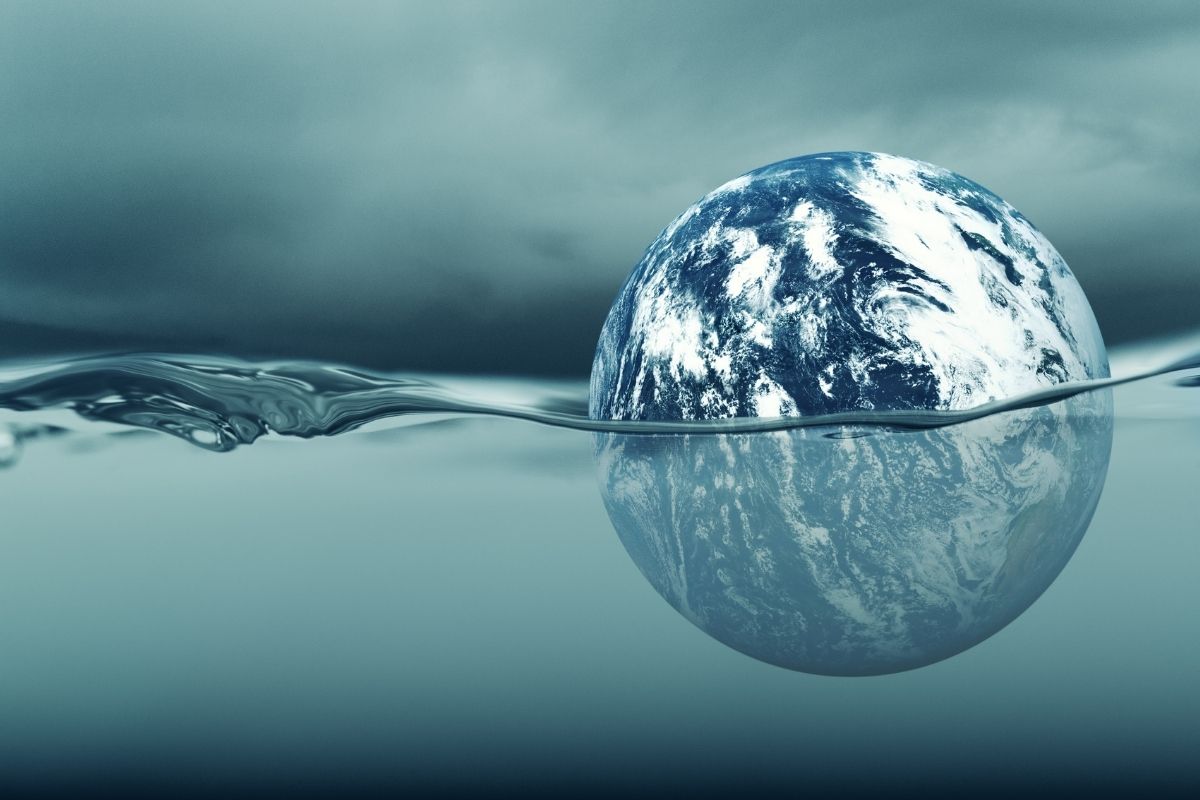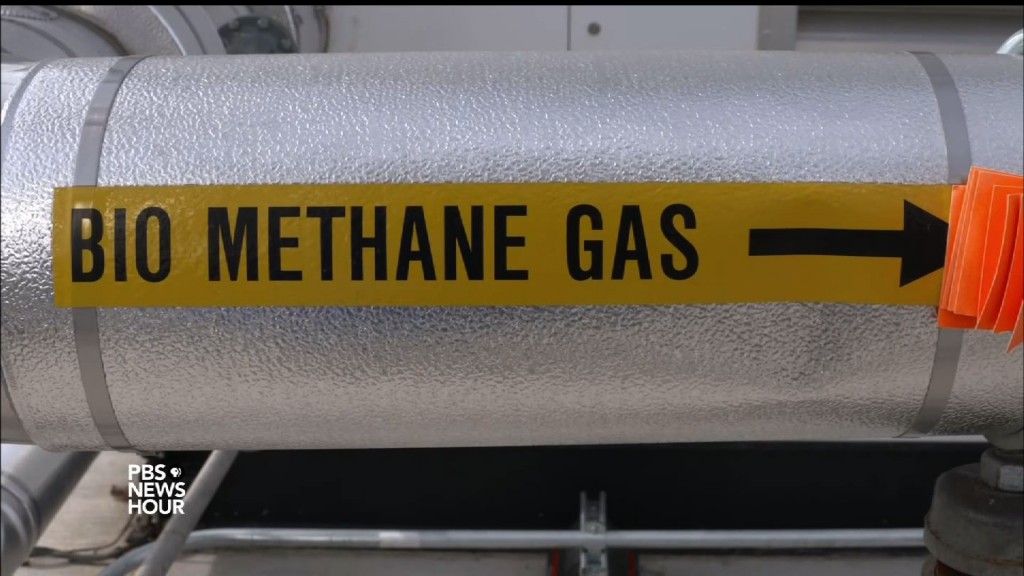Rising Sea Levels: A Catastrophe For Coastal Communities

Table of Contents
The Science Behind Rising Sea Levels
Rising sea levels are primarily driven by two interconnected factors: the thermal expansion of water and the melting of land-based ice. Understanding these processes is crucial to grasping the scale of the problem.
Thermal Expansion
As ocean temperatures rise due to global warming, the water expands in volume. This thermal expansion contributes significantly to the overall increase in sea levels.
- Global warming: The burning of fossil fuels releases greenhouse gases, trapping heat in the atmosphere and warming the oceans.
- Increased ocean temperatures: Higher ocean temperatures lead to a direct increase in the volume of seawater.
- Melting glaciers and ice sheets: While not directly thermal expansion, the melting of glaciers and ice sheets adds more water to the oceans, further contributing to rising sea levels.
Melting Ice Sheets and Glaciers
The melting of massive ice sheets in Greenland and Antarctica, along with glaciers worldwide, is a major contributor to rising sea levels. The rate of melting is accelerating due to rising global temperatures.
- Accelerated melting in Greenland and Antarctica: Satellite data shows an alarming increase in the rate at which these ice sheets are losing mass.
- Impact of rising temperatures: Higher air and ocean temperatures cause increased surface melt and calving of icebergs, leading to a significant influx of freshwater into the oceans.
- Sea level rise projections: Models predict substantial sea level rise in the coming decades due to continued ice melt.
Land Subsidence
In addition to thermal expansion and ice melt, land subsidence – the sinking of land – exacerbates the problem in certain regions, making them more vulnerable to rising sea levels.
- Groundwater extraction: Excessive pumping of groundwater can cause the land to compact and sink.
- Tectonic activity: Geological processes can also lead to land subsidence in some areas.
- Combined effects: The combination of rising sea levels and land subsidence can lead to accelerated coastal erosion and flooding in particularly vulnerable locations.
Impacts on Coastal Communities
The effects of rising sea levels on coastal communities are far-reaching and devastating, impacting various aspects of life.
Coastal Erosion and Flooding
Rising sea levels directly lead to increased coastal erosion and more frequent and severe flooding events.
- Increased frequency and severity of storm surges: Higher sea levels act as a baseline for storm surges, making them more destructive.
- Loss of property and infrastructure: Homes, businesses, and vital infrastructure are at risk of being inundated or damaged.
- Displacement of populations: Millions of people living in low-lying coastal areas face displacement due to rising sea levels.
Saltwater Intrusion
Rising sea levels cause saltwater to intrude into freshwater aquifers and coastal ecosystems.
- Impact on agriculture: Saltwater intrusion contaminates soil, rendering it unsuitable for agriculture.
- Threats to drinking water supplies: Contamination of freshwater sources poses a serious threat to human health.
- Damage to ecosystems: Saltwater intrusion disrupts delicate coastal ecosystems, harming biodiversity and impacting fisheries.
Economic Consequences
The economic impacts of rising sea levels are substantial and far-reaching.
- Loss of tourism revenue: Coastal erosion and damage to infrastructure can severely impact tourism, a crucial economic sector for many coastal communities.
- Damage to fisheries: Saltwater intrusion and habitat destruction affect fish populations, impacting the livelihoods of fishing communities.
- Increased insurance costs: The increased risk of flooding and damage leads to higher insurance premiums for coastal properties.
- Cost of mitigation and adaptation measures: Implementing measures to protect coastal areas requires significant financial investment.
Public Health Risks
Rising sea levels pose significant risks to public health.
- Spread of waterborne diseases: Flooding can contaminate water sources, leading to the spread of waterborne diseases.
- Increased risk of injuries and fatalities during floods: Floods pose a direct threat to life and safety.
- Mental health impacts of displacement and loss: Displacement and loss of property can have significant negative impacts on mental health.
Mitigation and Adaptation Strategies
Addressing the challenge of rising sea levels requires a multifaceted approach involving both mitigation and adaptation strategies.
Reducing Greenhouse Gas Emissions
The most crucial step in mitigating rising sea levels is reducing greenhouse gas emissions to slow down climate change.
- Transition to renewable energy: Shifting away from fossil fuels to renewable energy sources like solar, wind, and geothermal is essential.
- Improve energy efficiency: Reducing energy consumption through improved efficiency in buildings, transportation, and industry is crucial.
- Implement carbon capture technologies: Developing and deploying technologies to capture and store carbon dioxide emissions can help reduce the amount of greenhouse gases in the atmosphere.
Coastal Protection Measures
Engineering solutions can help protect coastal areas from the impacts of rising sea levels.
- Seawalls: Construction of seawalls can provide a physical barrier against storm surges and erosion.
- Beach nourishment: Adding sand to beaches can help replenish eroded shorelines and provide a buffer against rising sea levels.
- Mangrove restoration: Mangroves act as natural barriers against storm surges and erosion, and restoring them can help protect coastal areas.
- Building codes adapted to rising sea levels: Building codes should be updated to ensure that new structures are resilient to the impacts of rising sea levels.
Relocation and Community Planning
In some cases, managed retreat and relocation of vulnerable communities may be necessary.
- Community engagement: Relocation plans must involve the affected communities to ensure equitable and just outcomes.
- Equitable relocation plans: Relocation must be carefully planned to minimize disruption and ensure that vulnerable populations are not disproportionately affected.
- Sustainable urban planning for coastal areas: Coastal development should prioritize sustainable practices that minimize environmental impact and enhance resilience to rising sea levels.
Conclusion
Rising sea levels pose a catastrophic threat to coastal communities worldwide, causing widespread damage, displacement, and economic hardship. The impacts are already being felt, and the situation is projected to worsen significantly in the coming decades. Addressing this global challenge requires immediate and sustained action. We must drastically reduce greenhouse gas emissions to mitigate future sea level rise while simultaneously implementing adaptation strategies to protect vulnerable coastal communities. Understanding the devastating effects of rising sea levels is crucial. Take action today to support initiatives combating climate change and protecting vulnerable coastal communities. Learn more about how you can contribute to reducing the impacts of rising sea levels and support organizations working to address this urgent crisis. [Insert links to relevant organizations here].

Featured Posts
-
 Gazas Plight Examining The Impact Of Israels Blockade On Health Food Security And Crime
May 10, 2025
Gazas Plight Examining The Impact Of Israels Blockade On Health Food Security And Crime
May 10, 2025 -
 Woman Kills Man In Racist Stabbing Attack Details Emerge
May 10, 2025
Woman Kills Man In Racist Stabbing Attack Details Emerge
May 10, 2025 -
 Elon Musks Net Worth Soars Tesla Stock Surge After Dogecoin Departure
May 10, 2025
Elon Musks Net Worth Soars Tesla Stock Surge After Dogecoin Departure
May 10, 2025 -
 Turning Poop Data Into Podcast Gold An Ai Powered Approach
May 10, 2025
Turning Poop Data Into Podcast Gold An Ai Powered Approach
May 10, 2025 -
 Broad Street Diner Demolition Making Way For New Hyatt Hotel Development
May 10, 2025
Broad Street Diner Demolition Making Way For New Hyatt Hotel Development
May 10, 2025
